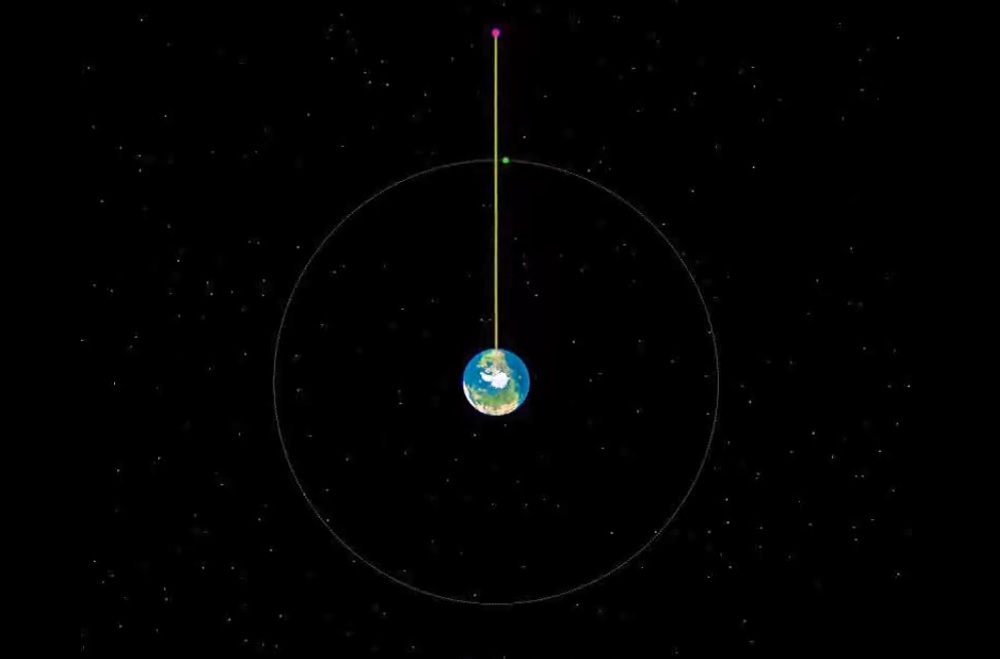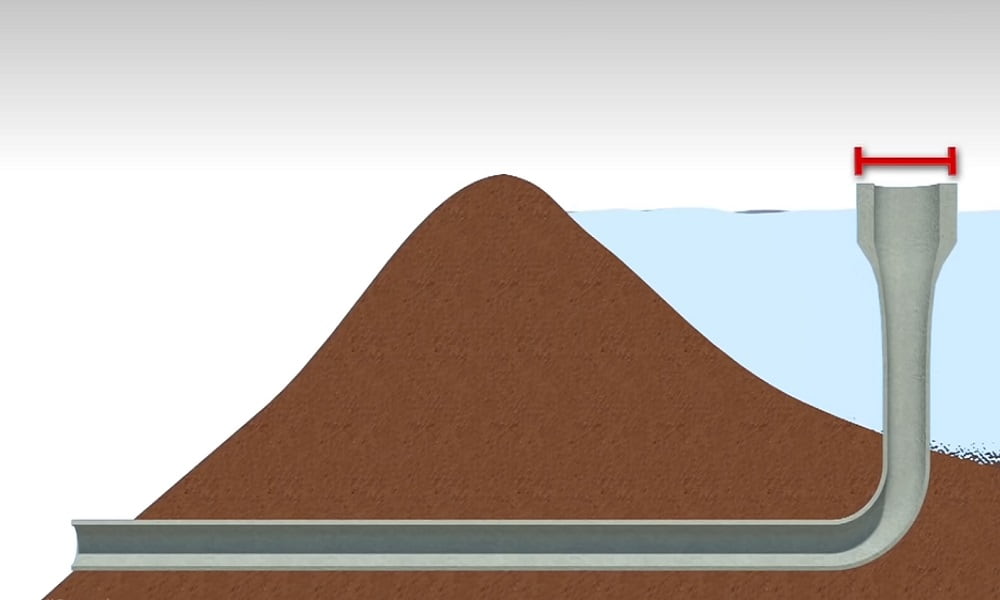From Earth to the Cosmos: Unveiling the Space Elevator Concept
Regardless of how tall a building may be, we can easily reach its top by using an elevator. Once inside the elevator, we simply select the desired floor, and in a matter of moments, we smoothly ascend to the chosen level. In a similar vein, scientists had also put forth a comparable idea for venturing into space. Indeed, these brilliant minds had been actively exploring a wide array of distinct concepts and innovative ideas, all with the goal of enabling smooth space exploration and travel.
In 1895, a Russian scientist named Konstantin Tsiolkovsky put forth the concept of constructing a space elevator. His concept involved constructing a tower that would have one end firmly anchored to the surface of the Earth while the other end would be attached to the geostationary orbit of the Earth. His thinking behind this idea was profoundly influenced by the Eiffel Tower in Paris, and this iconic landmark served as a great source of inspiration for him. The tower's majestic architecture and unique design left a lasting impression on his mind, shaping his thoughts and ideas in ways that reflected its grandeur and innovation.
However, despite being inspired by the Eiffel Tower, this concept faced several significant challenges. One of the main concerns was how to ensure that the tower would remain straight and stable. Additionally, constructing such a strong tower required finding a material that could withstand the immense forces acting upon it while also supporting its own weight.
In 1959, another scientist proposed an alternative concept that involved using a cable rather than a traditional tower. The idea was to create a structure suspended in space by connecting one end of the cable to a geostationary satellite and the other end to the Earth's surface. The geostationary satellite orbits the Earth at the same rate as the planet's rotation, appearing to remain fixed in the sky relative to a particular location on the Earth's surface. By anchoring one end of the cable to such a satellite and extending the other end down to Earth, it was believed that a stable and taut structure could be achieved.
Read:-Bishop Ring: Man Making Space A Wonderful Place To Live In
This concept, known as a space elevator or a skyhook, aimed to provide a means of transporting materials and payloads between Earth and space in a more efficient and cost-effective manner than traditional rocket-based launches. Indeed, if a space elevator project becomes a reality in the future, it has the potential to revolutionize space travel and drastically reduce the cost of reaching space. Unlike traditional rocket-based launches that require significant amounts of fuel and expendable components, a space elevator would operate on the principle of a cable tethered to Earth and extending into space.
Absolutely, the feasibility of constructing a space elevator will depend on the advancements in science and technology achieved by our future scientists and engineers. As technology continues to progress, new materials with exceptional strength-to-weight ratios might be developed, making it possible to create a cable strong enough to withstand the forces involved in a space elevator.































